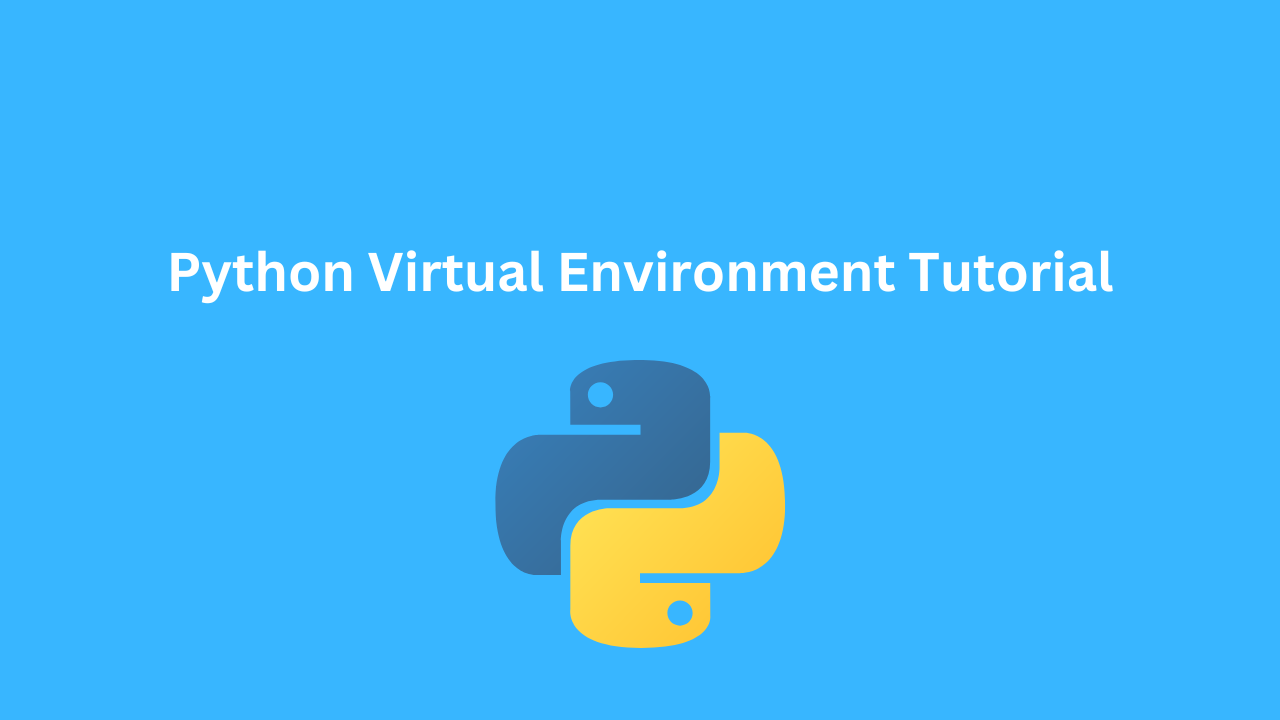


The virtual environment in Python is used as a tool to create isolated, temporary workspaces for project-specific dependency and package management.
A Python Virtual Environment refers to an isolated workspace where you can install and manage the Python packages without being affected by the system-wide Python installation. It enables one to make sure that the dependencies and libraries are not interfering with other projects, thus you can have several projects held without the collision of package versions.
The use of virtual environments is an essential step in ensuring clean and easily manageable development setups. These provide you with isolated environments to create, install, and work with different Python packages without worrying about version conflicts – especially useful for large projects with many dependencies or when working as part of a team.
Code Isolation One of the most important benefits of virtual environments is they isolate project dependencies. In other words, installing a package for one project won’t interfere with packages installed for another project. It’s like you are having different Python environments for each of your projects on your machine.
Dependency Management Dependency management becomes much easier with virtual environments. You can actually specify the exact version you need for every package used by your project.
This would give you consistency in the behavior of the code across the different systems or environments, which is particularly interesting when you are going to deploy the application in production.
You can assess and consolidate your Python scripts by utilizing web-based platforms like the Python Online Compiler.
Virtual Environment Basics Virtual environments simply work upon a rather simple principle: they create a directory containing a Python interpreter and a copy of the pip package manager, and all packages installed within this directory are independent of the global Python environment.
Setting Up a Python Virtual Environment You can easily set up a virtual environment in Python. One common way is through using the built-in venv module. You can make use of virtualenv if you plan to work with older Python versions.
Prerequisites
System Requirements
You must have Python installed on your system before you can create a virtual environment. To check your installed Python version, you can use the following command:
python –version
Most virtual environment tools will require a Python 3.3+.
Installing Python If you haven’t installed Python yet, visit the official Python website: python.org and download it. Run the setup file and select the options to add Python to your system’s PATH.
Using the venv Module To create a virtual environment, navigate to your project directory and execute:
python -m venv myenv
Here, myenv refers to your name for the virtual environment. This creates a directory containing the environment files and the Python interpreter.
Using virtualenv If you would prefer using virtualenv, you should first install it:
pip install virtualenv
Then activate the virtual environment with this command:
virtualenv myenv
Activating on Various OS After making a virtual environment, you need to activate it. The activation command is platform dependent.
Windows:
myenv\Scripts\activate
On macOS/Linux:
source myenv/bin/activate
Deactivating Virtual Environments To deactivate the virtual environment, you just run:
deactive
Installing and Removing Packages After activating your environment, you can use pip to install packages:
This file can then be passed to other developers in order to install the precise same dependencies.
Working with Custom Python Versions You can also create virtual environments with specific versions of Python. If you have installed several Python versions, then indicate the version you prefer when creating the environment:
python3.8 -m venv myenv
Configuring Shell Options You can also customize shell options like prompt names by editing the activate script in your environment directory.
Usually Unable to Activate Environment On Some OS The most common problem is an inability to activate the environment on some OS, perhaps for lack of some permission. Let’s take, as an example, activation with PowerShell: .
Set-Execution Policy Remote Signed -Scope Current User Solved Conflicting Version Problems In case of conflicting package versions, tools like pipenv, poetry can be used to solve the problem by locking the exact version of the package.
Virtual environments within Python are the most effective tool for handling dependencies and maintaining project isolation. With a good grasp of virtual environments, you can avoid many dependency conflicts; this would ensure that your code works just fine on every other system.
